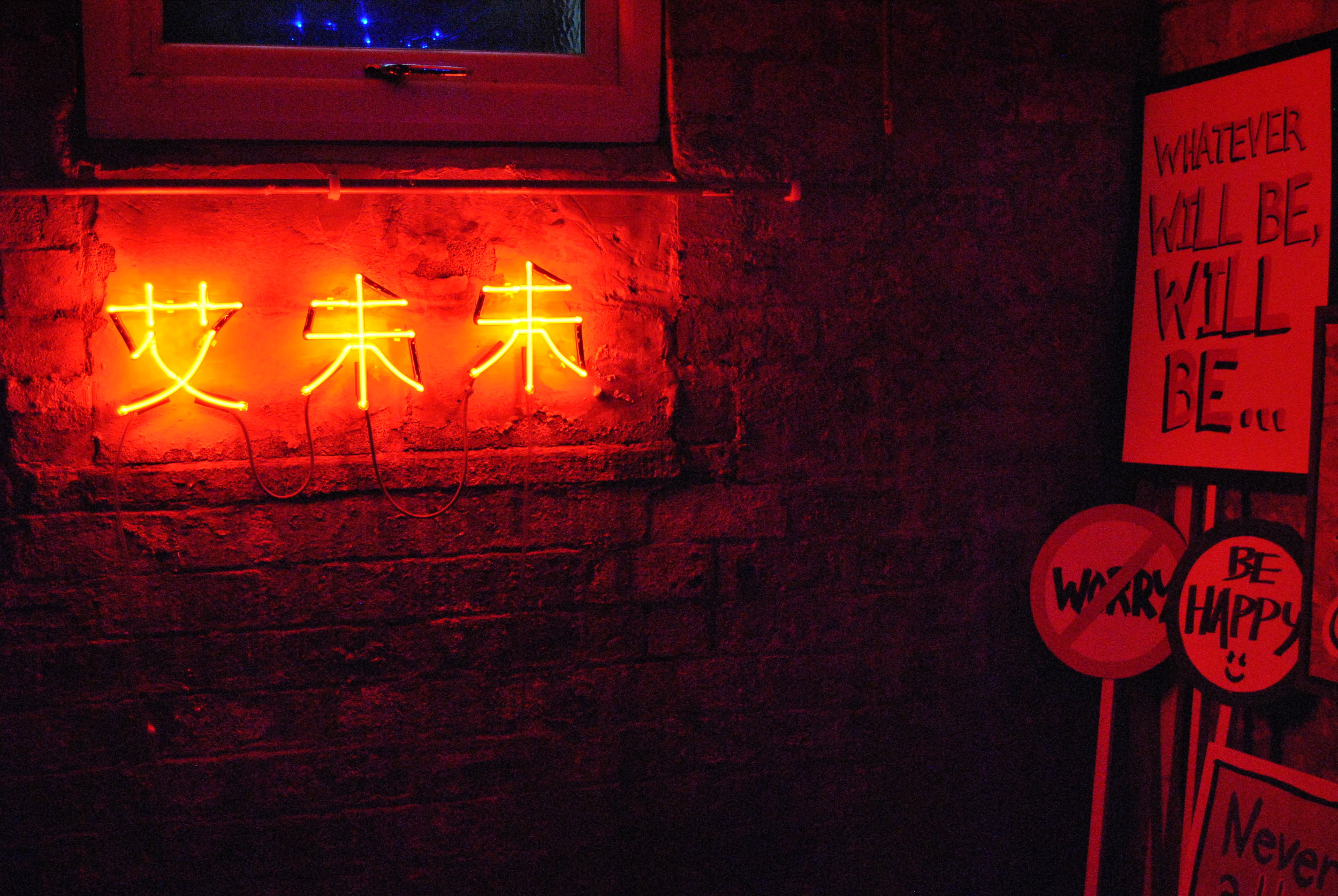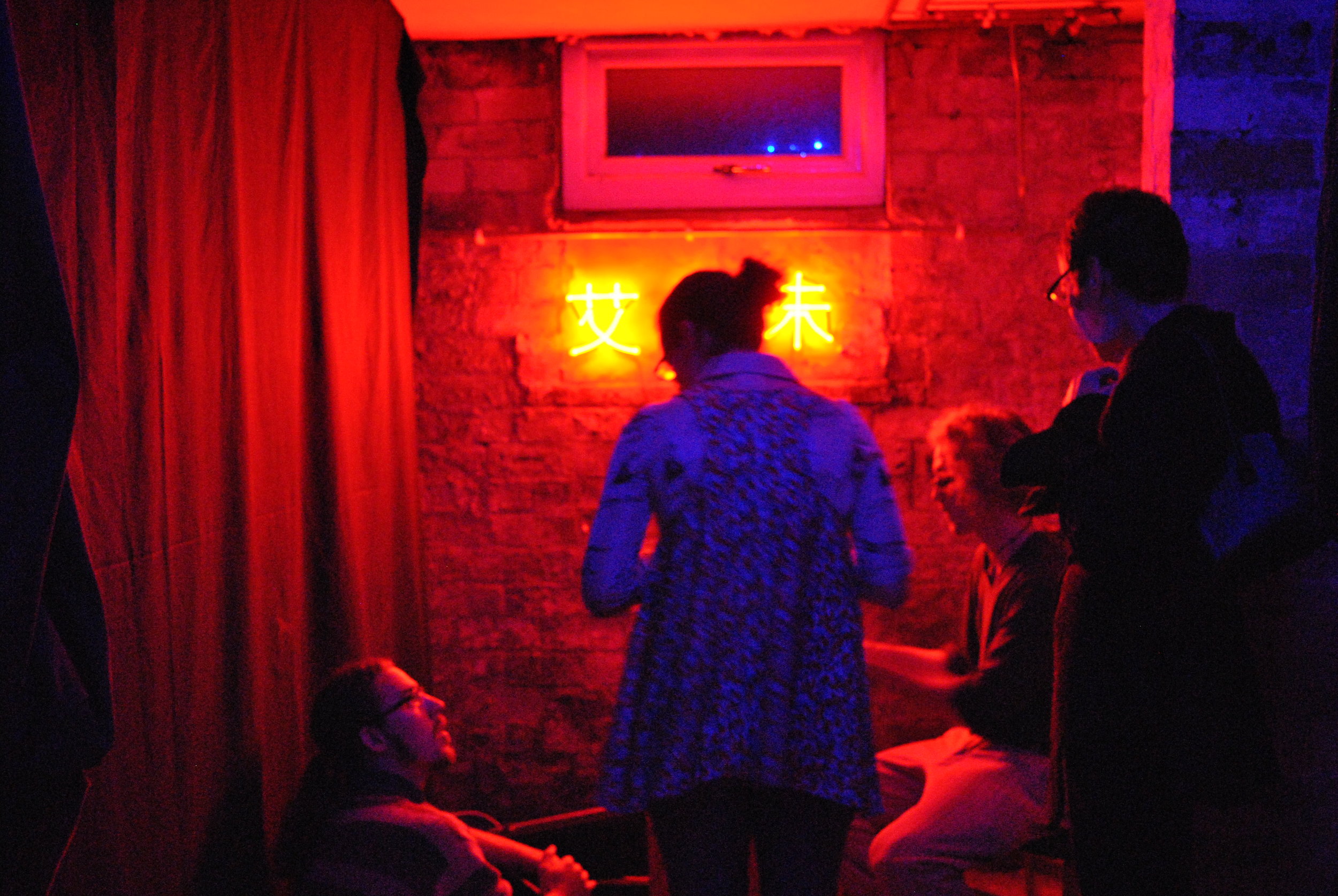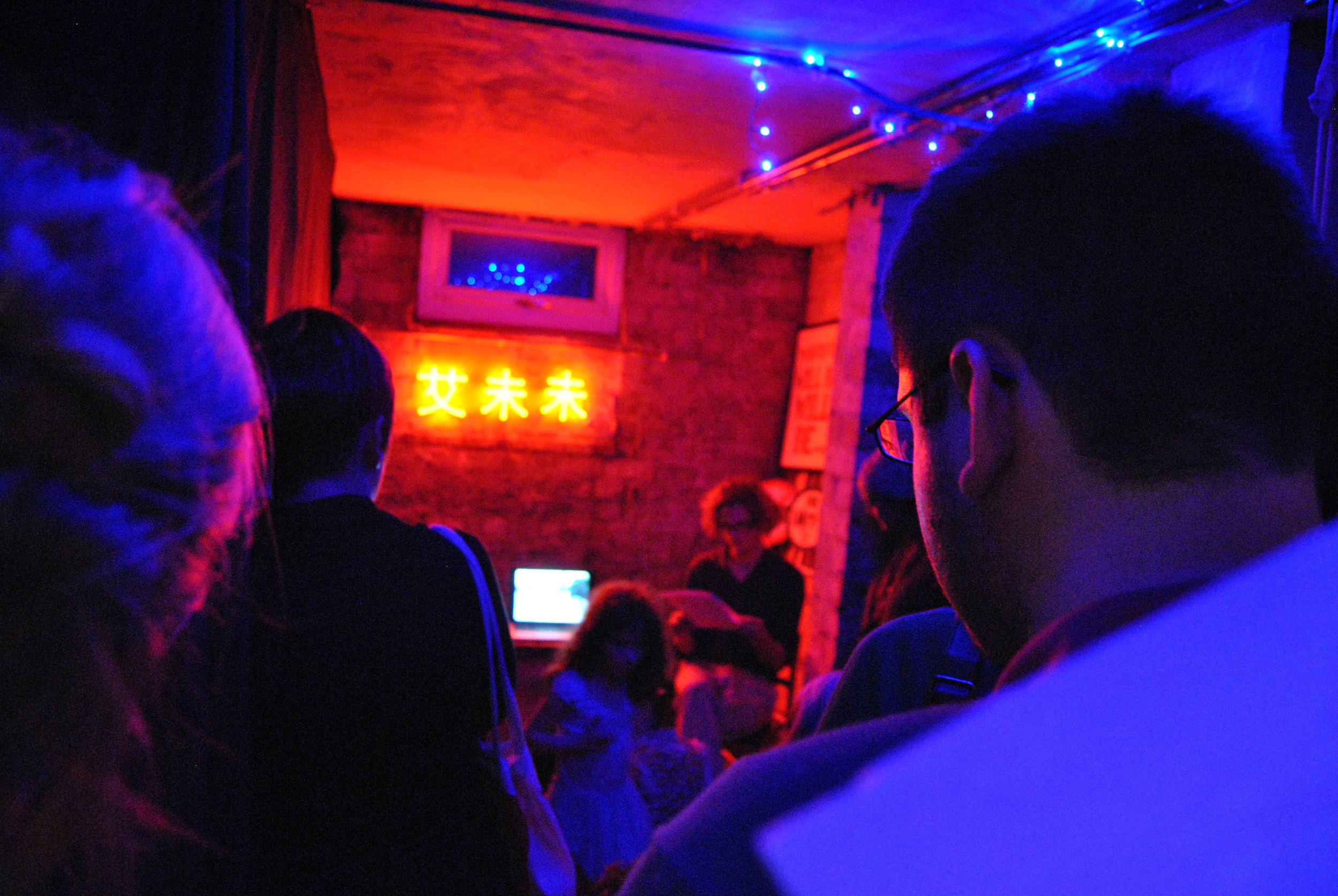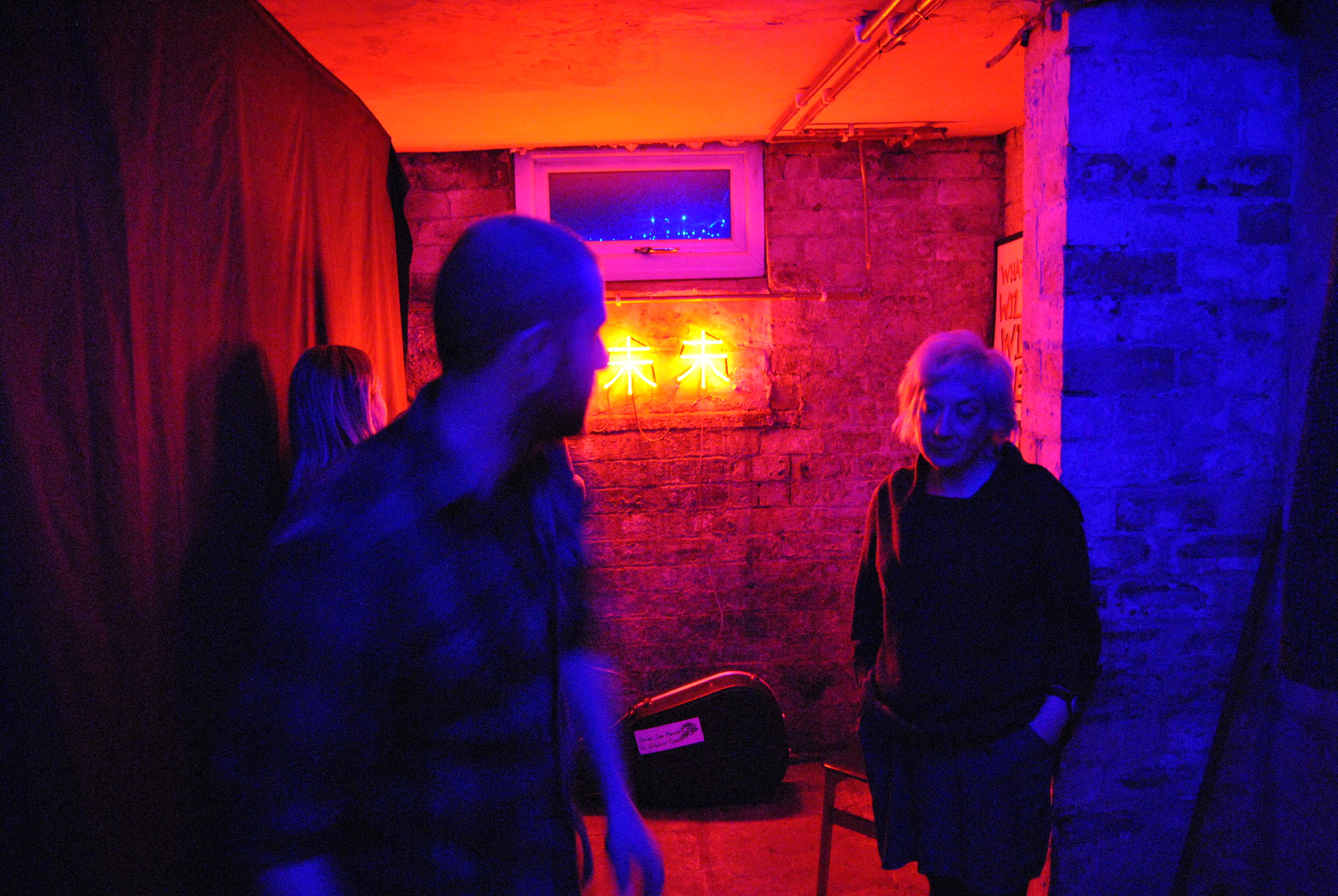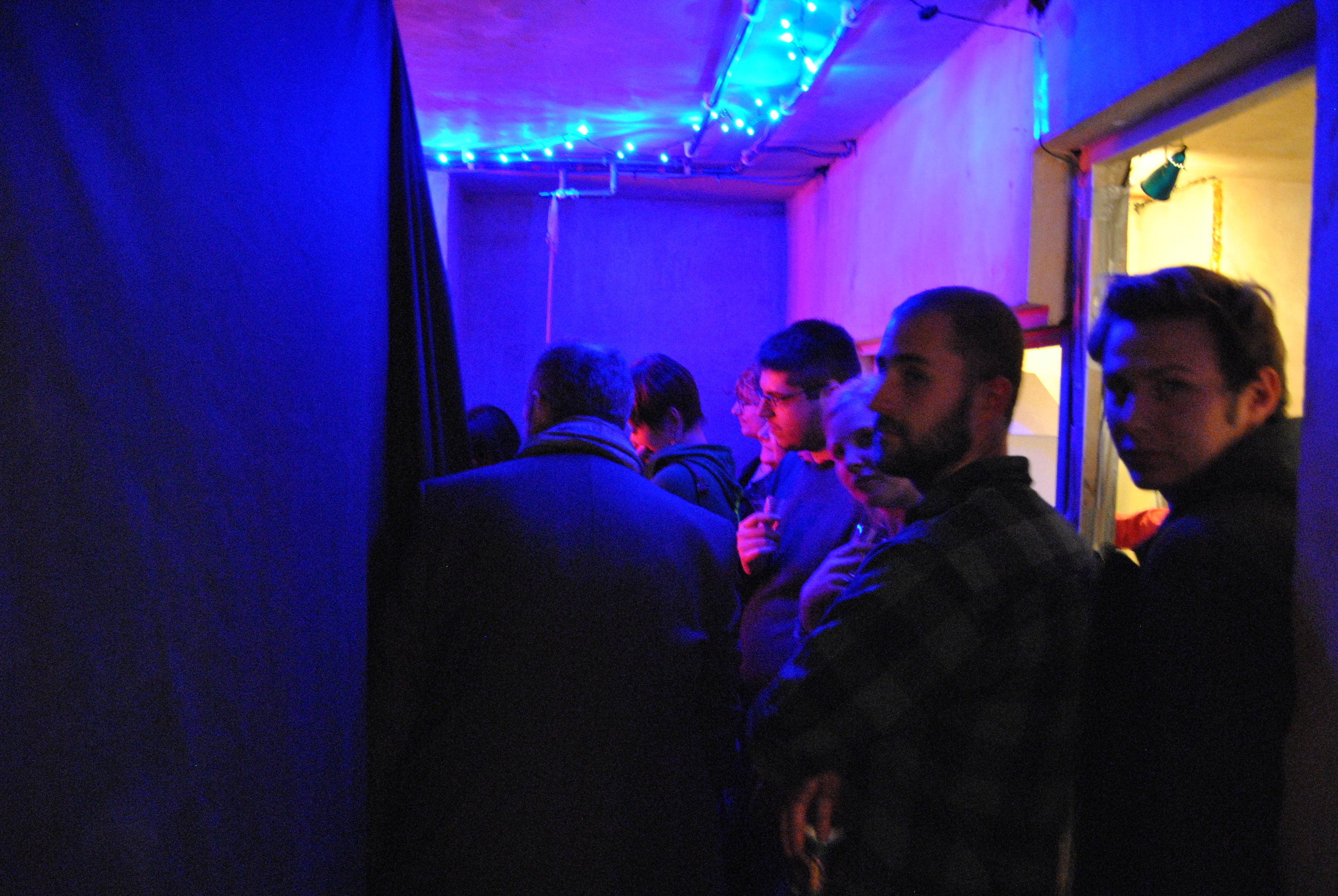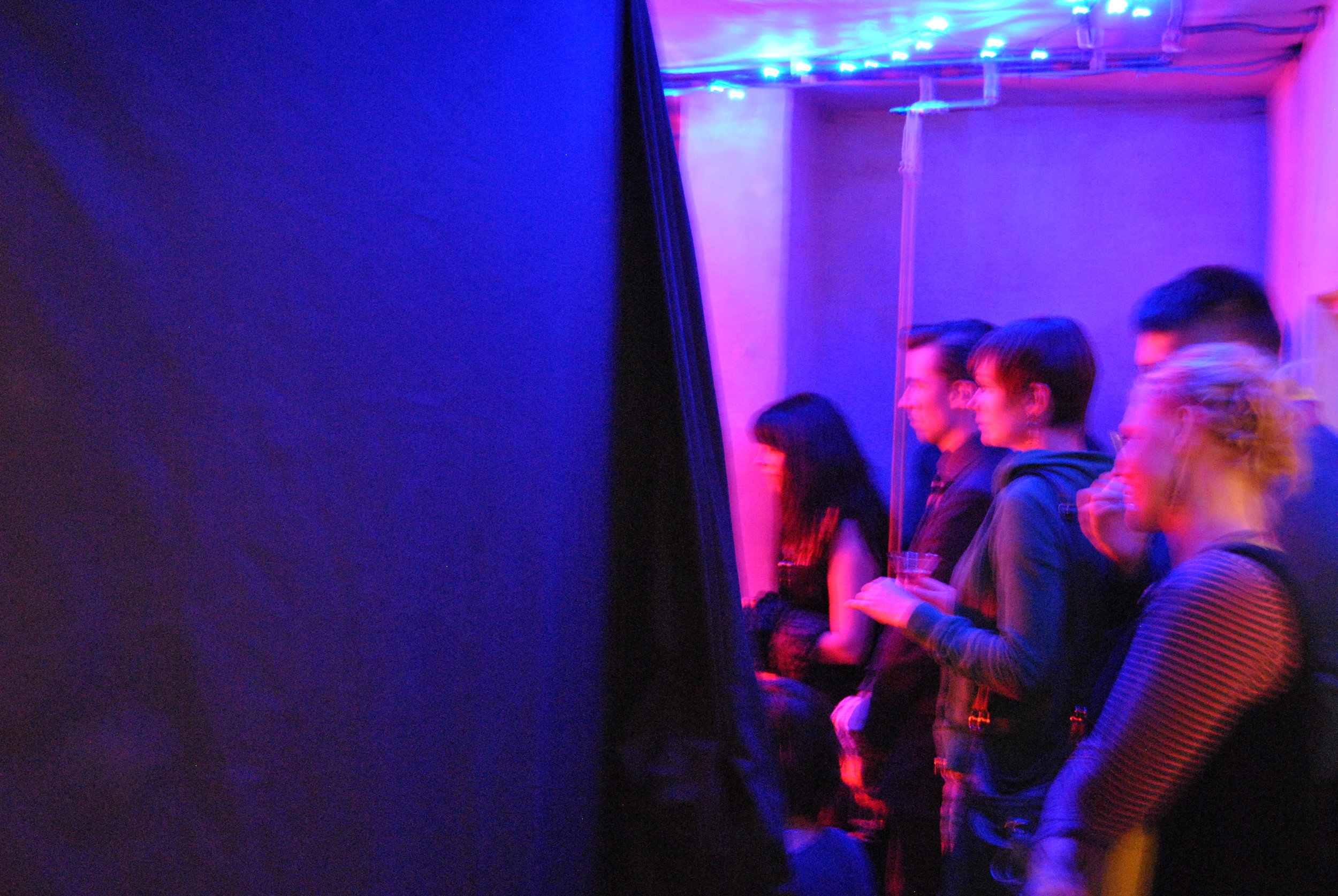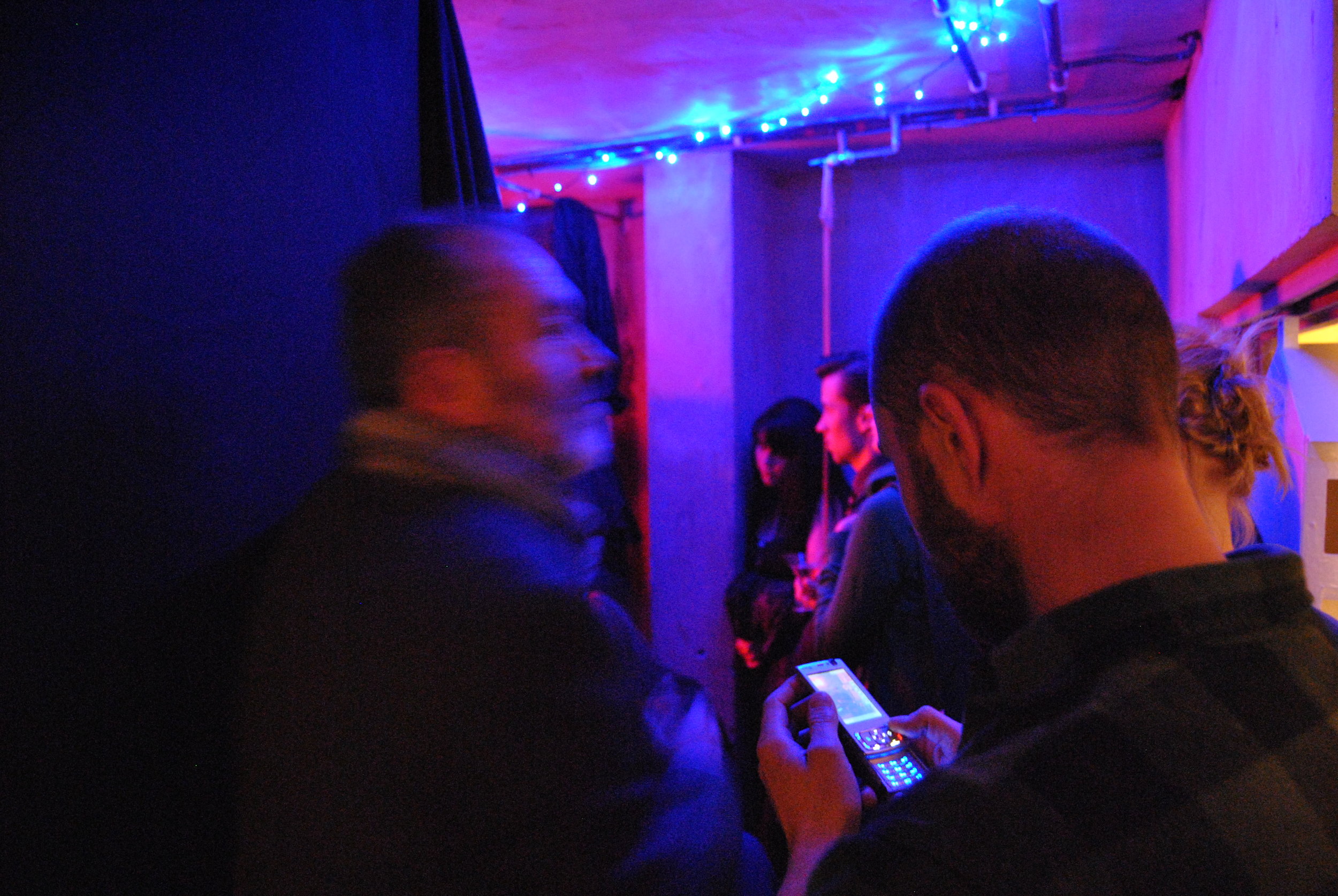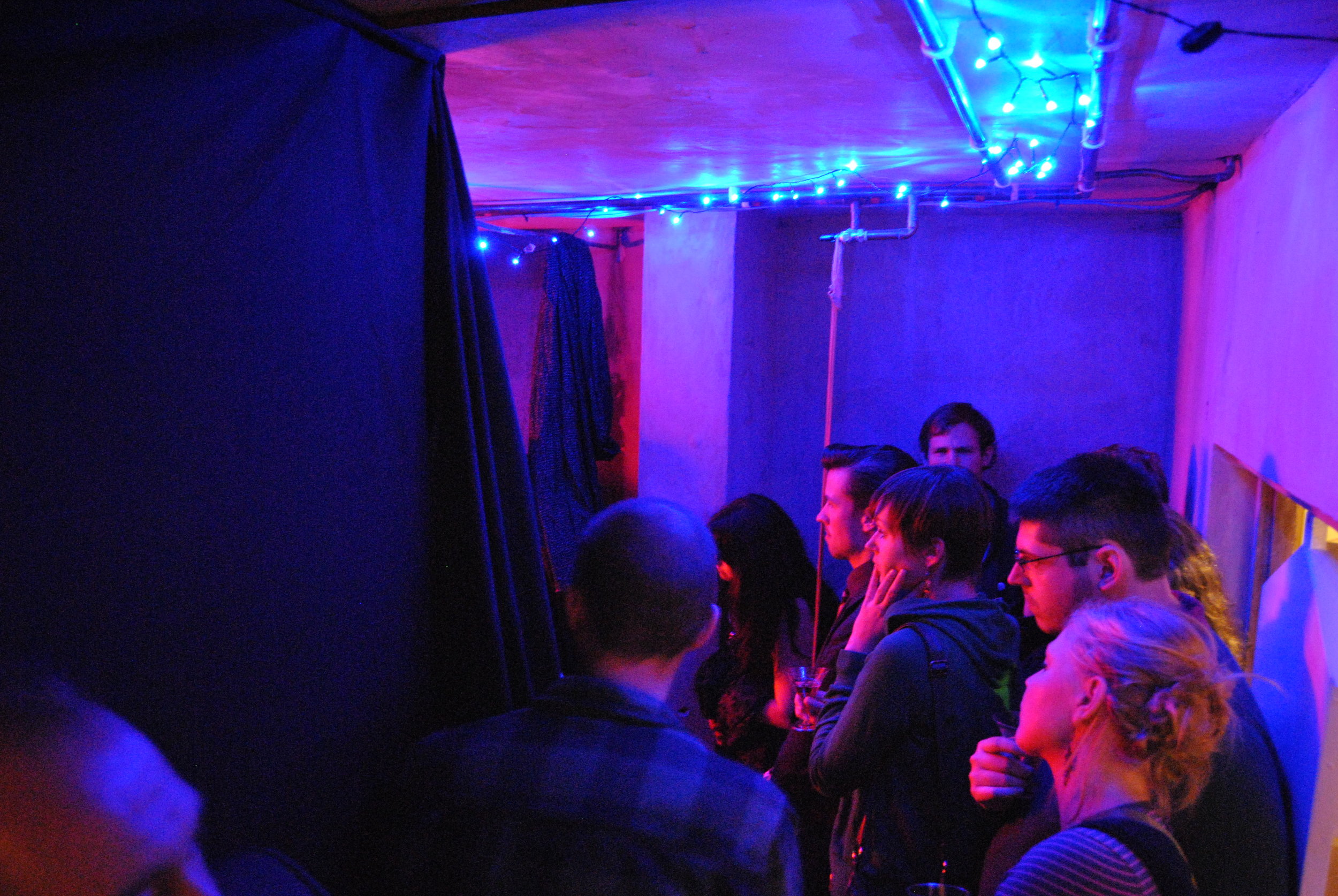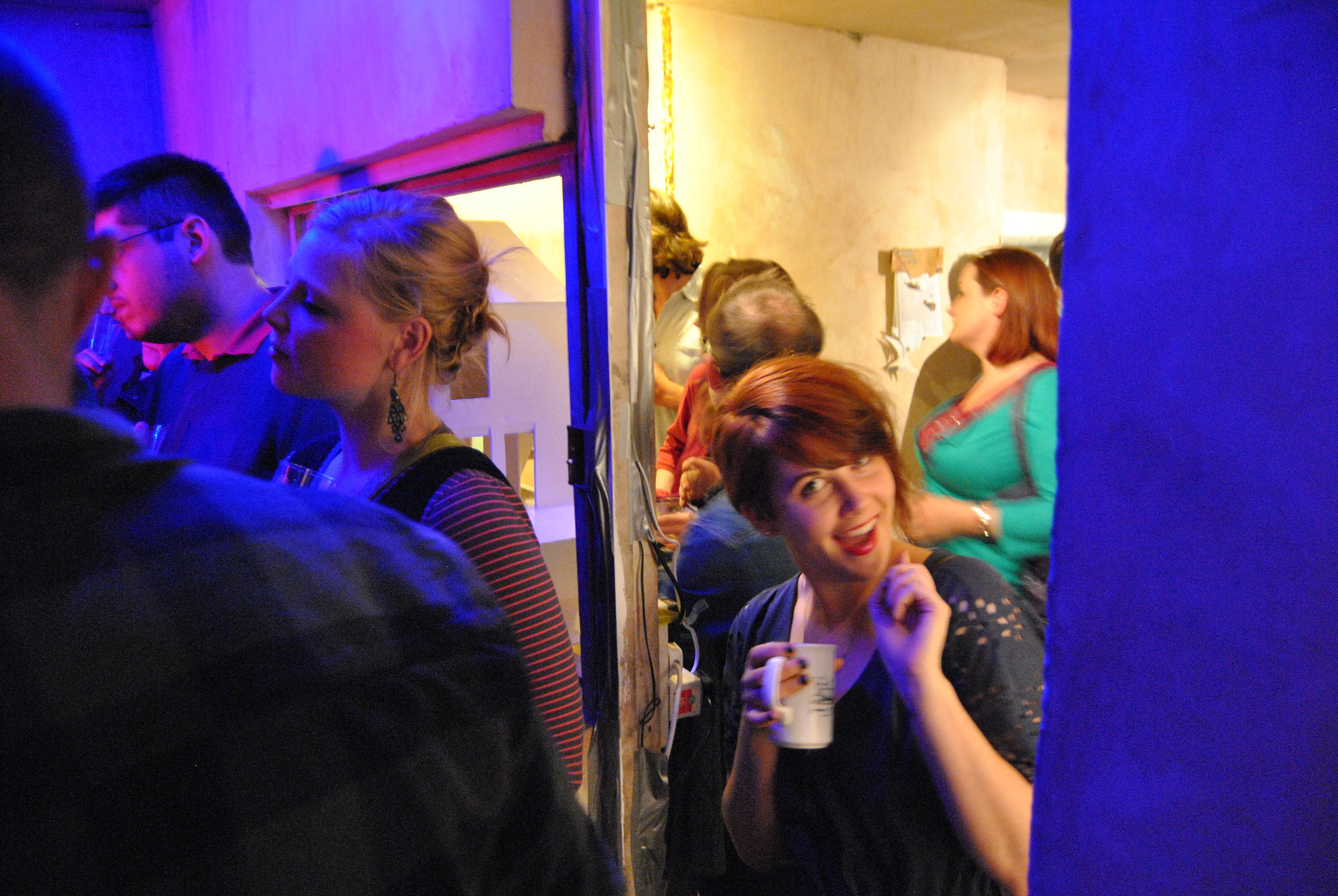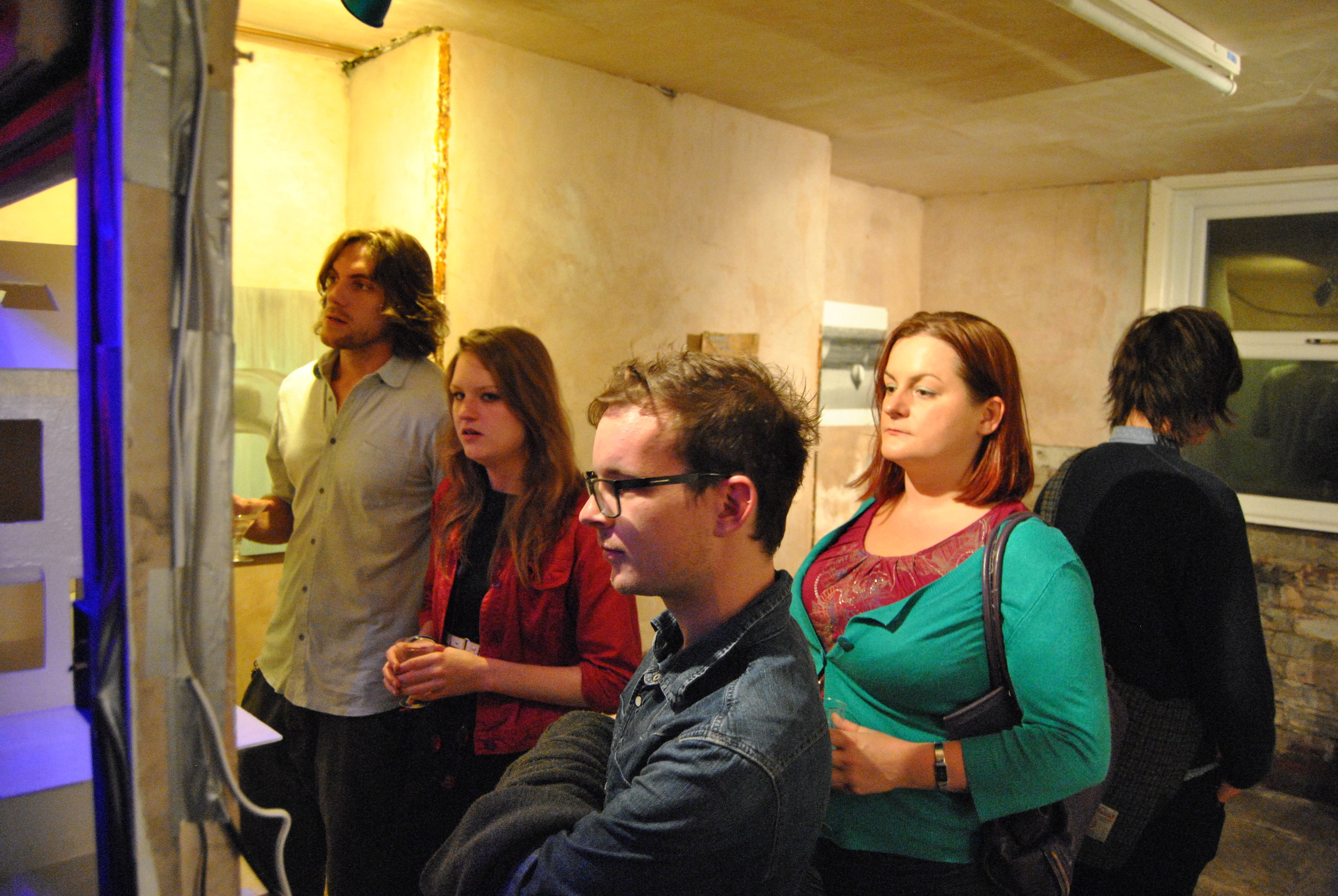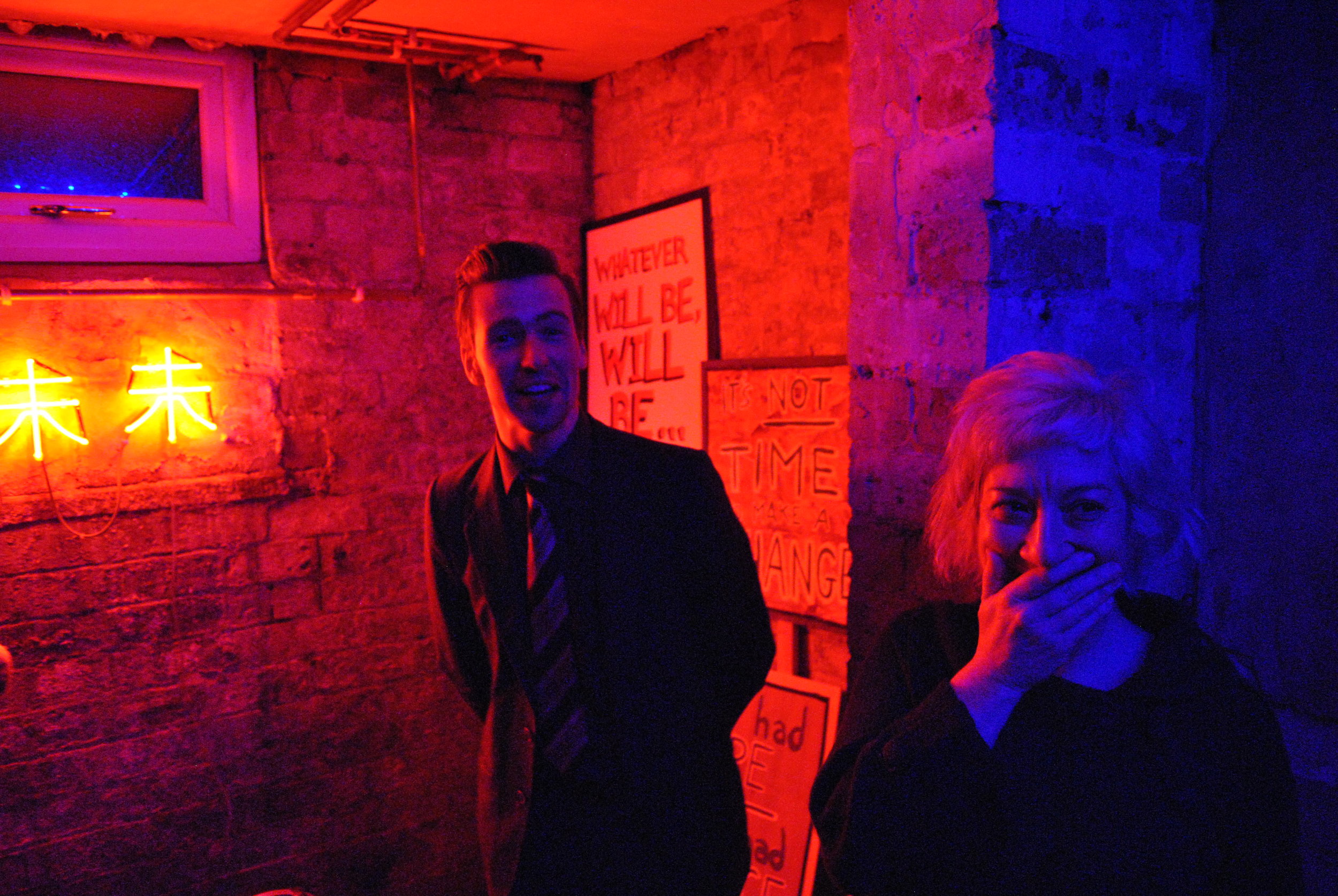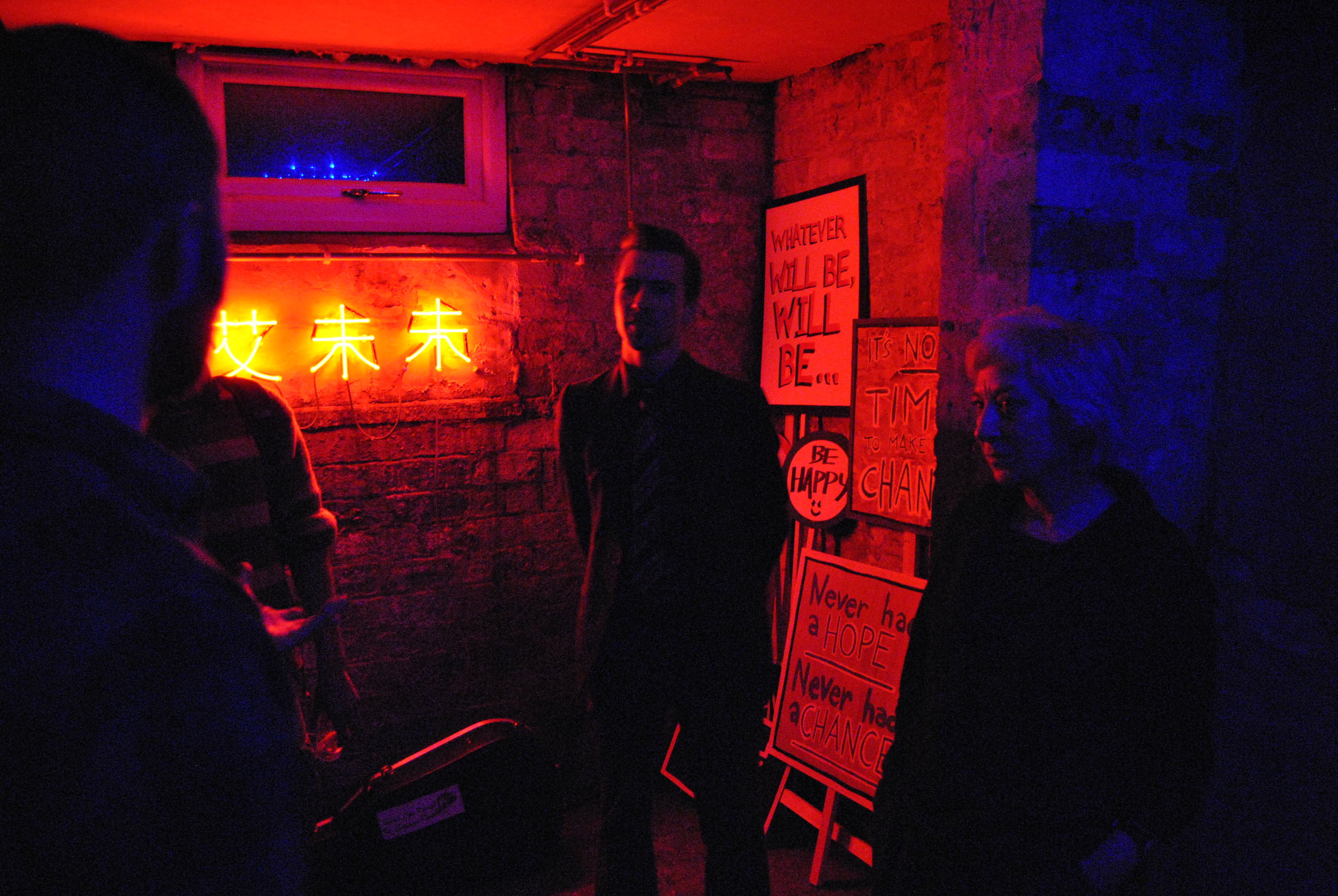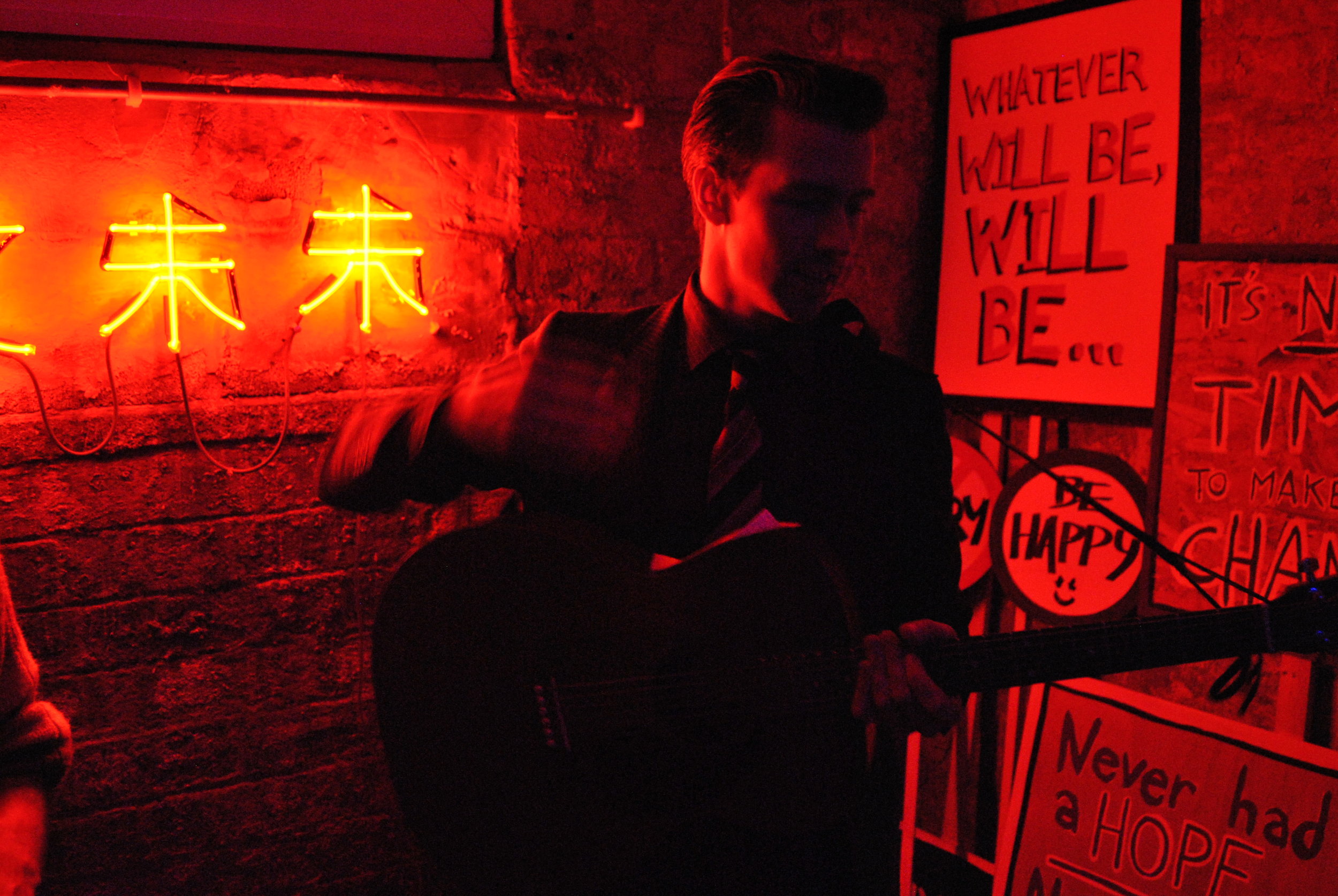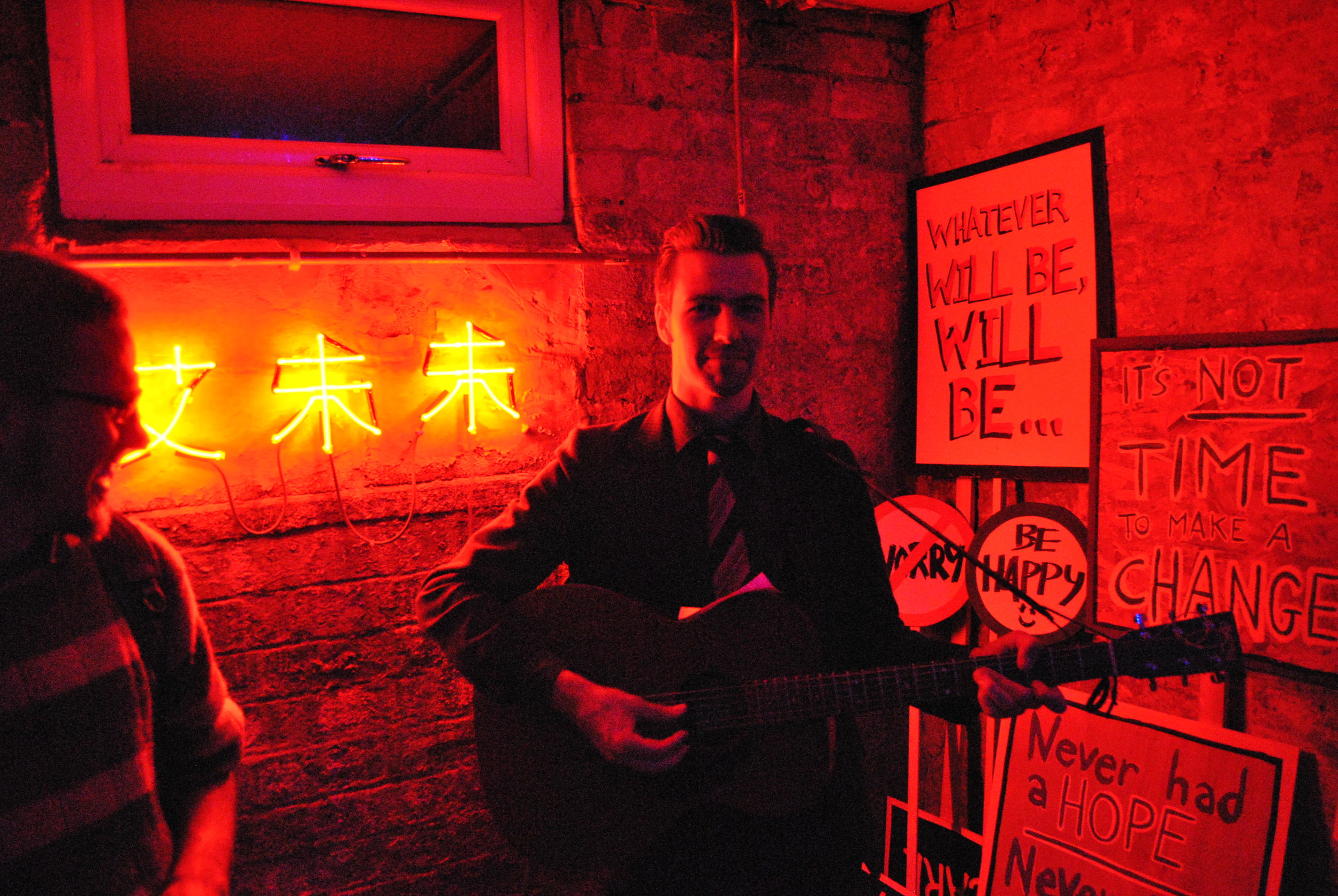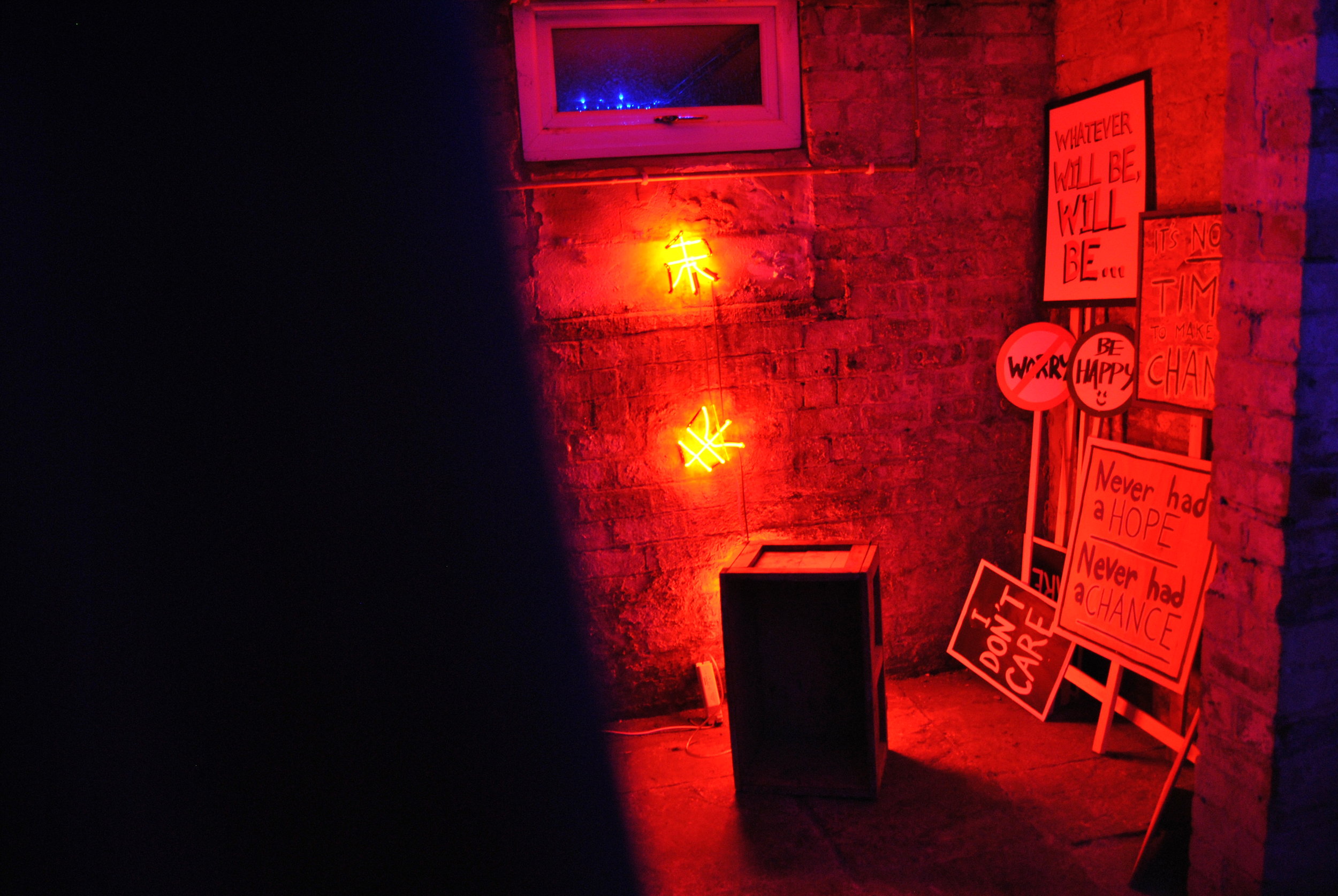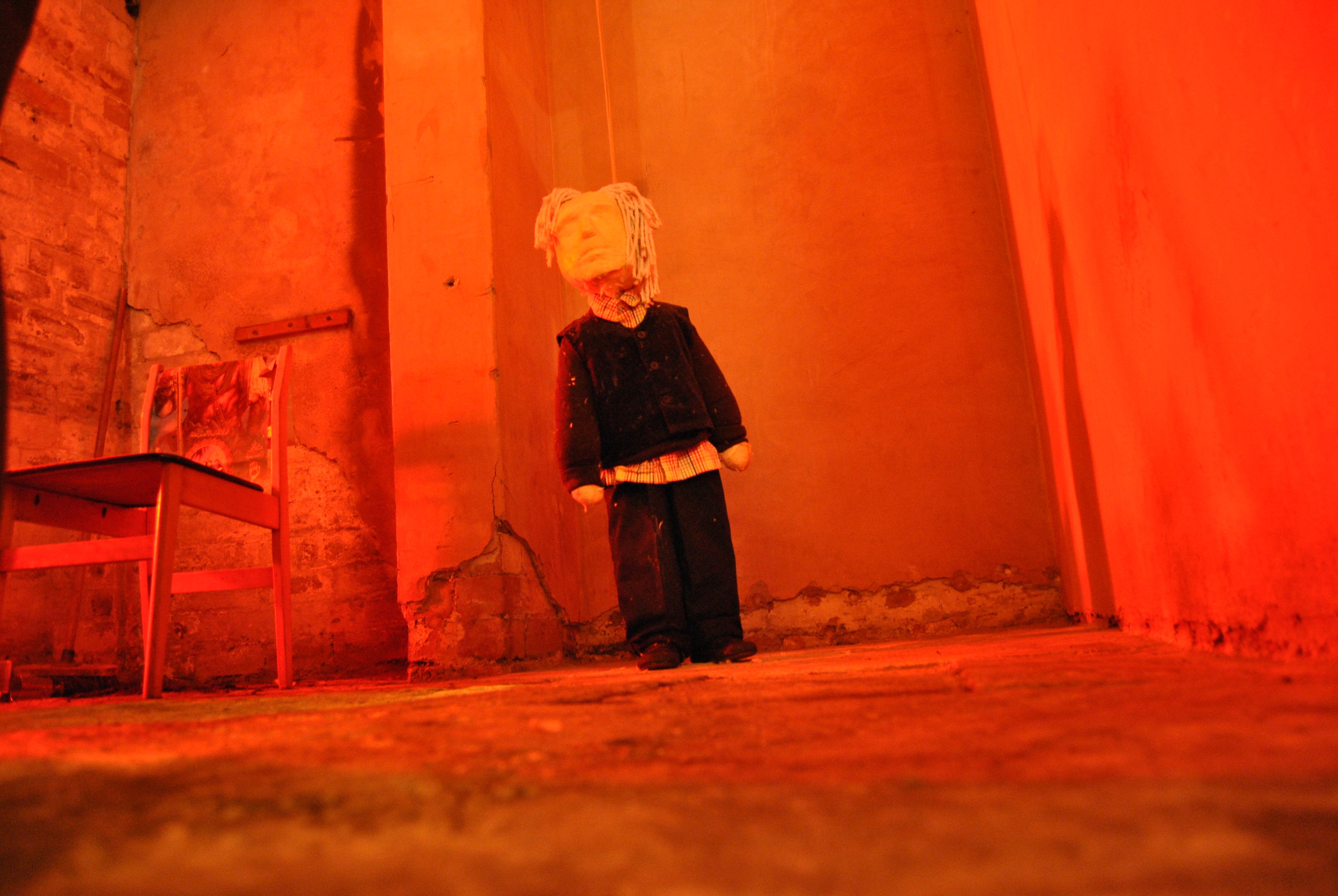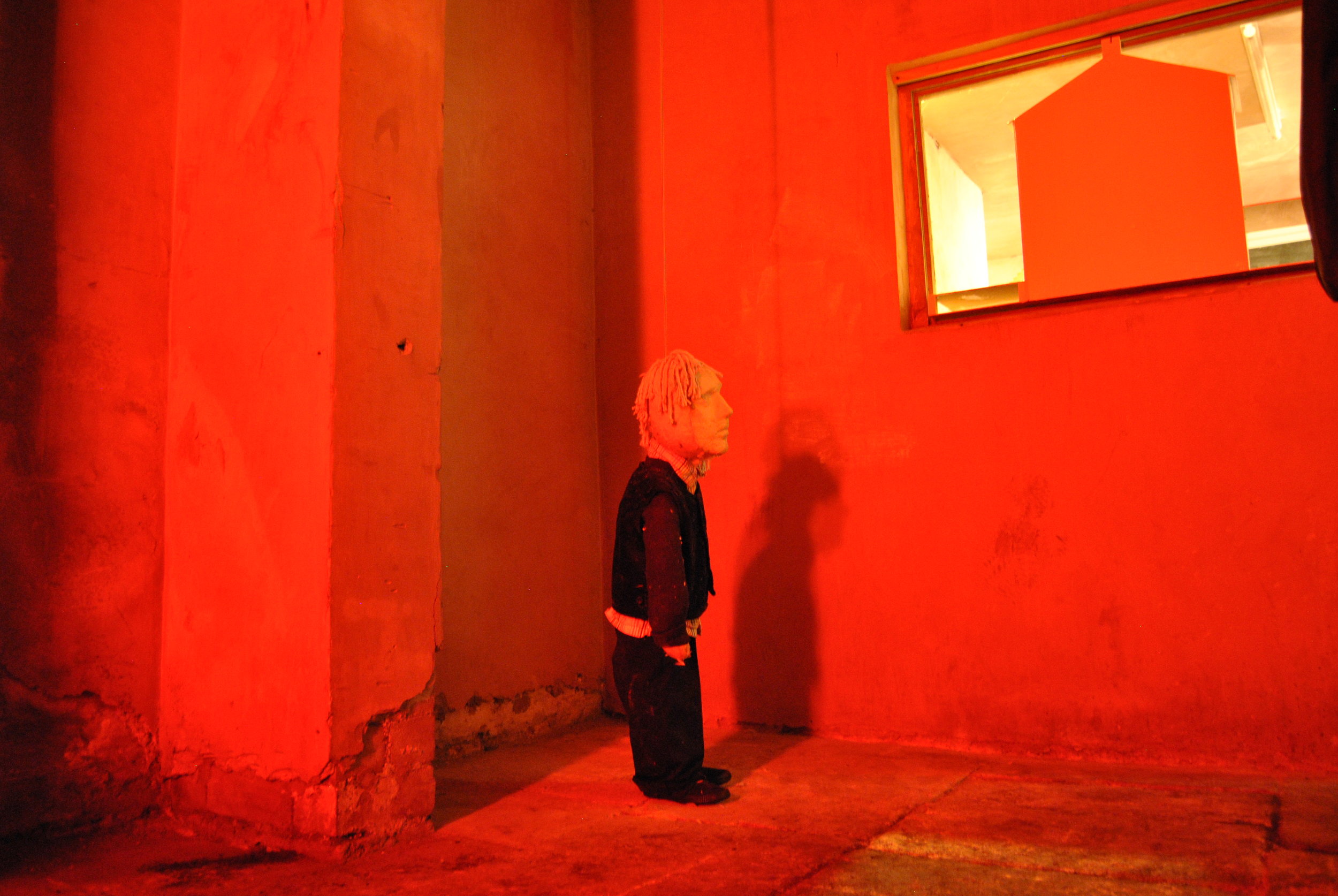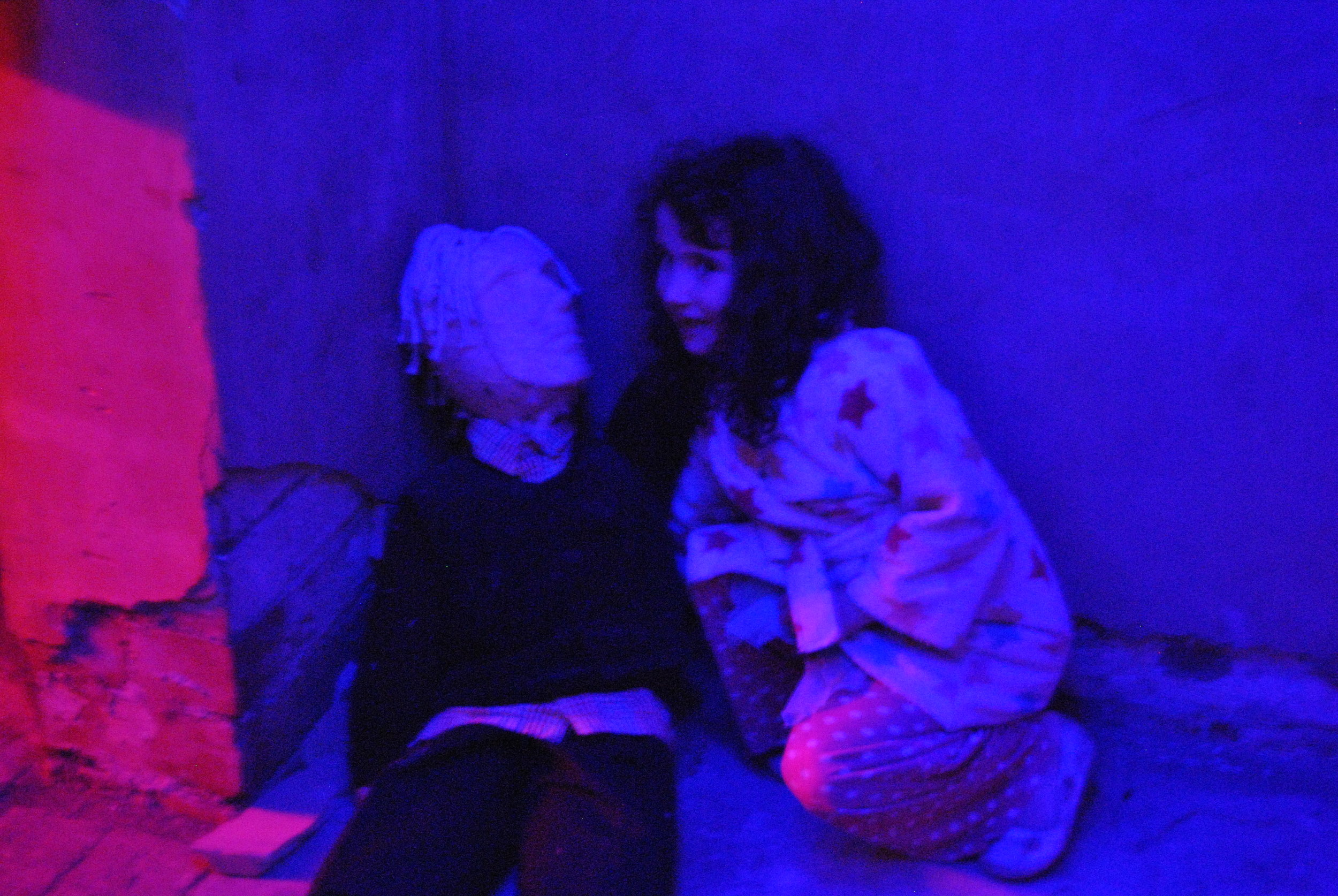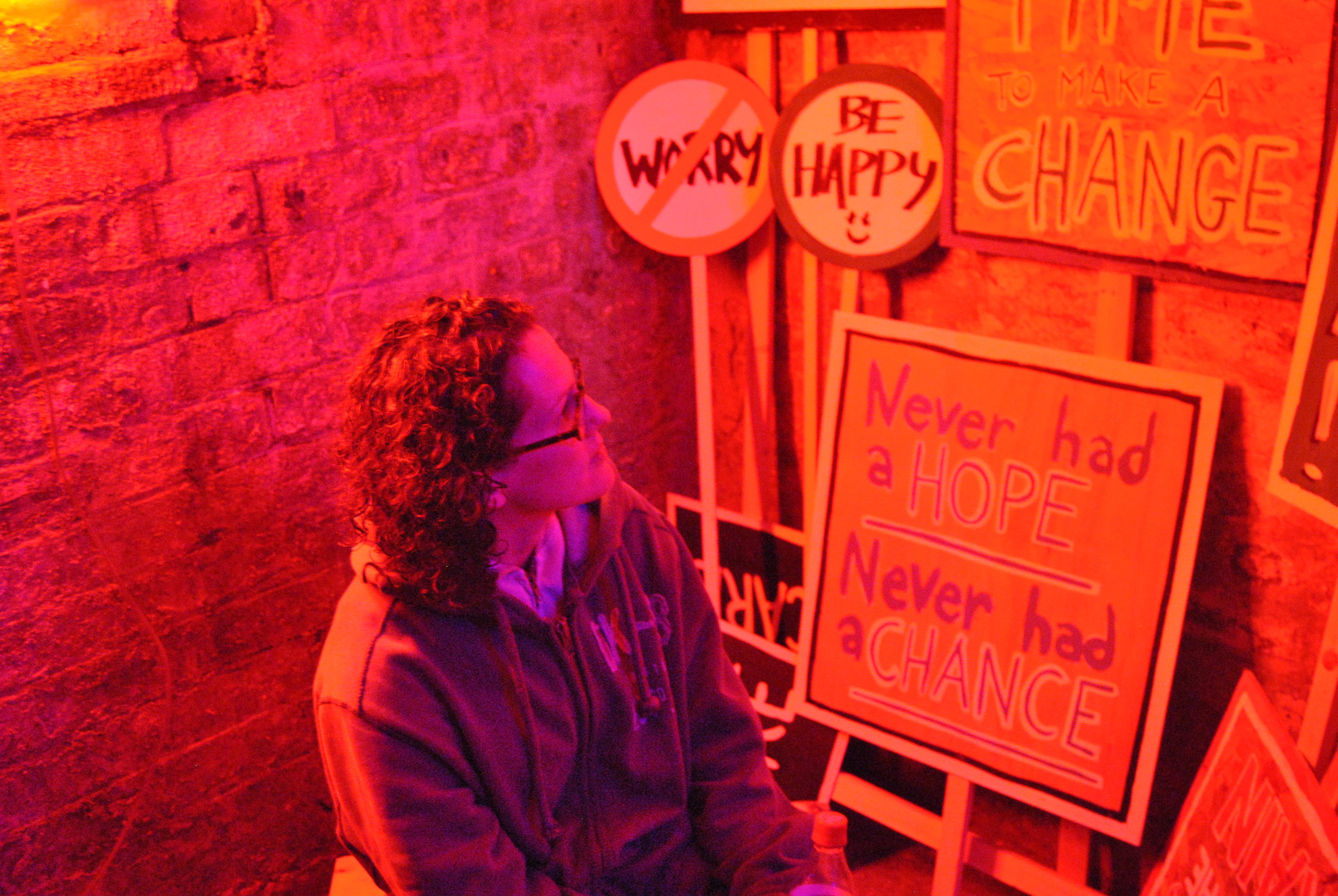SPEAKEASY: art in an age of prohibition | September 2011
Rising up from the Basement | Derek Horton
In his essay for this publication, Bruce Davies explains the reason for its title, SPEAKEASY. He also explains the origin of the term during the Prohibition, when speakeasies were named after their owners’ exhortations to customers to “speak easy” - quietly and discreetly in other words - so as not to draw attention to the illegality going on behind their locked doors. Whilst the context has been shifted here to imply that artists can or should “speak easily” - freely in other words - it is perhaps significant that many of them have still chosen to do so in a restrained voice. Art that seeks to engage with political ideas and values does well to do so without rhetorical bombast. Real critique demands engagement rather than the self-regarding calculation of political posturing or the impatient noise of sloganeering. Art that has any chance of changing anything, especially minds, involves thought dignified by labour, ideas materialised with rigour and application, aesthetics deployed with consideration and sensitivity.
Whilst the original intention of the Speakeasy in the ‘Twenties in the USA was to conceal and distract attention from the illicit activity going on within, here the intention of the SPEAKEASY exhibition is the opposite - from within its darkened cellar space its intention is to expose and illuminate art that concerns itself with the need to speak out. In doing so though, through declarations of freedom, manifestos, promises, or assertions - whether political or personal - it reveals that speaking out can be more powerful and effective when it is done quietly and intimately rather than in ways that are outspokenly voluble. The modest scale of the work and its humble venue belie its value and importance as a reminder of the imperative of freedom that is at the heart of this art – the freedom to think, speak, act and love.
In this context it is important that the sculpture, performance, video, painting and text works by the twelve artists selected for SPEAKEASY are presented within an intimate domestic environment - the home of a family - parents and children, who are always in themselves the embodiment of future potential.
Revolution begins at home; the revolution is you. “You cannot make the revolution, you can only be the revolution. It is in your spirit or it is nowhere.” [i]
Reflecting the potential of humble origins, BasementArtsProject is possibly Leeds’ smallest art space. And there is a powerful metaphor in its actual basement location: much that is worthwhile emerges from the underground, much that is valuable lies hidden and dormant before its eventual emergence. And real growth and change starts from the bottom up.
[i] Ursula Le Guin, The Dispossessed: An Ambiguous Utopia. New York: Harper & Row, 1974
Derek Horton | September 2011
